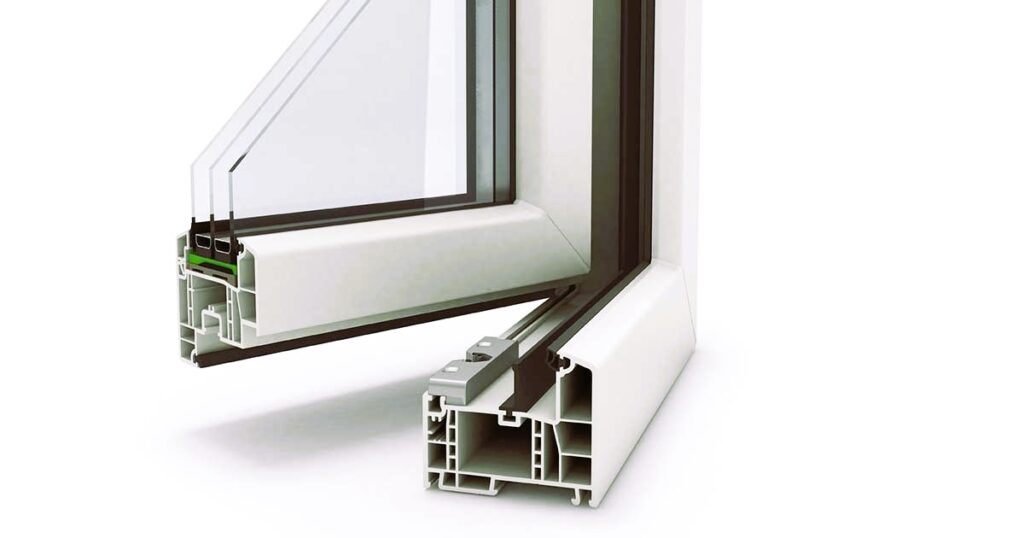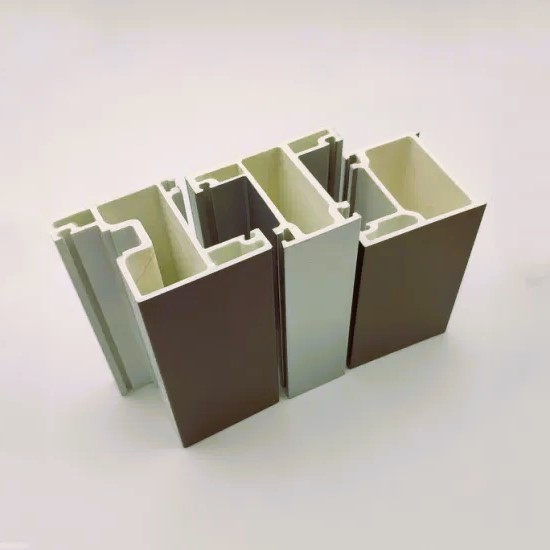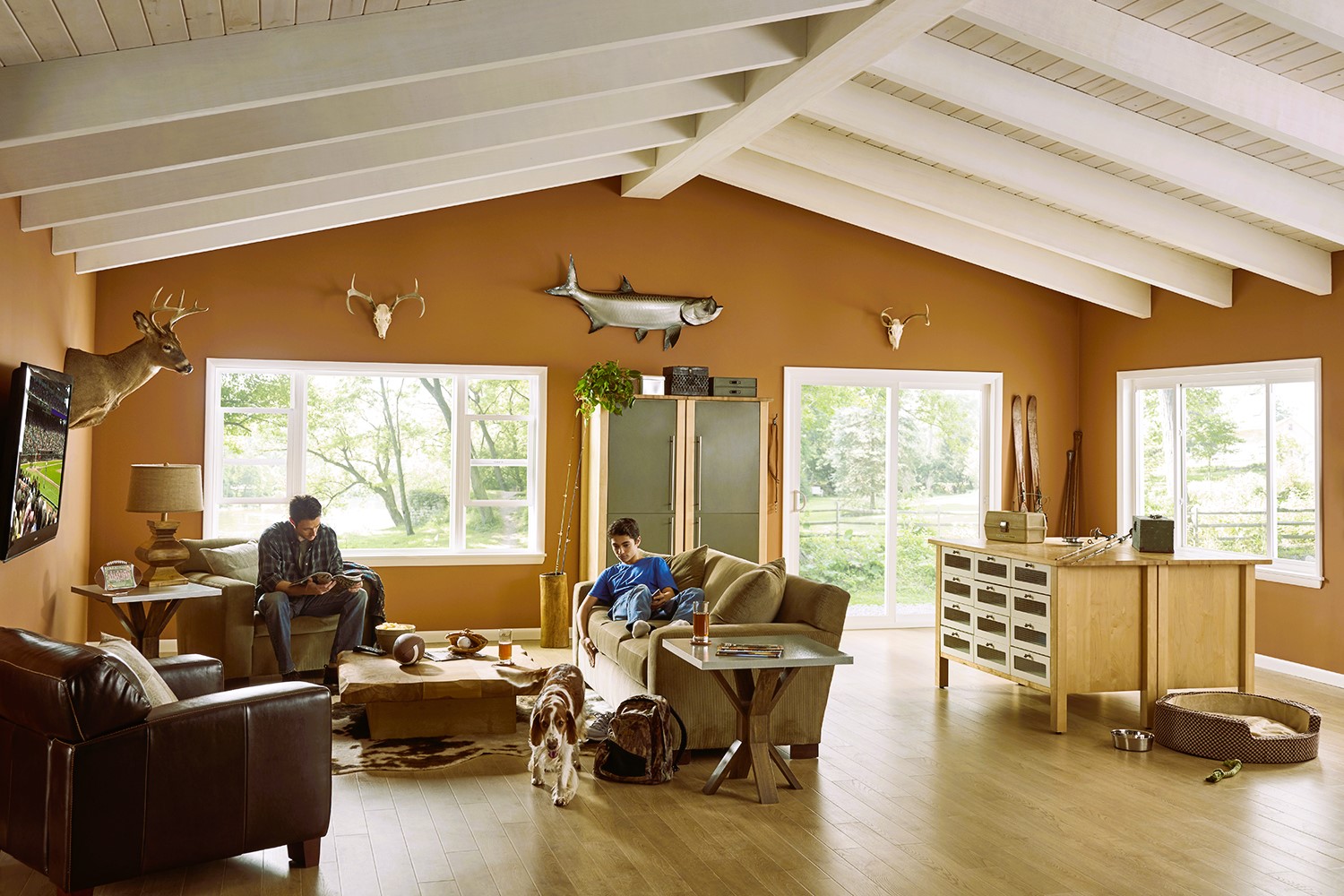When it comes to energy-efficient windows, the choice of frame material is just as important as the type of glass used. Window frames play a crucial role in insulating your home and reducing heat transfer, contributing to overall energy savings and comfort. In this article, we’ll explore three popular window frame materials – vinyl, wood, and fiberglass – and discuss the pros and cons of each in terms of energy efficiency.
Vinyl Window Frames
Vinyl window frames are made from polyvinyl chloride (PVC), a durable and low-maintenance material that is resistant to rot, corrosion, and insect damage. Vinyl frames are known for their excellent thermal performance and energy efficiency, making them a popular choice for modern homes.
Pros:
- Energy Efficiency: Vinyl frames offer good thermal insulation and help reduce heat transfer, making them an energy-efficient option for homes in all climates.
- Low Maintenance: Vinyl frames are easy to clean and require minimal upkeep compared to other materials like wood.
- Affordability: Vinyl frames are generally more affordable than wood or fiberglass, making them a cost-effective option for budget-conscious homeowners.

Cons:
- Limited Color Options: Vinyl frames come in a limited range of colors and may not offer the same aesthetic versatility as wood or fiberglass frames.
- Potential for Warping: In extreme heat, vinyl frames may warp or distort, affecting their appearance and performance over time.
- Environmental Concerns: The production and disposal of vinyl frames raise environmental concerns due to the use of non-renewable resources and the release of toxic chemicals.
Wood Window Frames
Wood has been a traditional choice for window frames for centuries, prized for its natural beauty, insulating properties, and durability. Wood frames offer timeless appeal and can enhance the architectural character of a home. The advantages of argon and krypton filling in energy-efficient windows, more details here.
Pros:
- Aesthetic Appeal: Wood frames add warmth, charm, and character to any home with their natural grain patterns and rich tones.
- Excellent Insulation: Wood frames provide superior thermal performance and insulation, helping to reduce heat loss and energy consumption.
- Customization Options: Wood frames can be painted or stained to match any design aesthetic or color scheme, offering greater customization options than other materials.
Cons:
- Maintenance Requirements: Wood frames require regular maintenance, including painting or sealing, to protect against moisture damage, rot, and decay.
- Susceptibility to Weather Damage: Wood frames are vulnerable to moisture, humidity, and insect infestation, which can compromise their structural integrity over time.
- Higher Cost: Wood frames are typically more expensive than vinyl or fiberglass frames, both in terms of upfront cost and long-term maintenance.
Fiberglass Window Frames
Fiberglass window frames are made from reinforced composite materials, typically fiberglass strands embedded in a resin matrix. Fiberglass frames offer excellent strength, durability, and thermal performance, making them a popular choice for energy-efficient homes.
Pros:
- Strength and Durability: Fiberglass frames are incredibly strong, durable, and resistant to warping, cracking, and rotting, even in extreme weather conditions.
- Low Thermal Conductivity: Fiberglass frames have low thermal conductivity, meaning they provide excellent insulation and minimize heat transfer.
- Low Maintenance: Fiberglass frames require minimal maintenance and upkeep, as they are not susceptible to moisture damage, insect infestation, or decay.

Cons:
- Cost: Fiberglass frames tend to be more expensive than vinyl frames, although they may offer better long-term value due to their durability and energy efficiency.
- Limited Availability: Fiberglass frames may be less readily available and offered by fewer manufacturers compared to vinyl or wood frames, limiting options for homeowners.
Conclusion
In conclusion, the choice of window frame material can have a significant impact on the energy efficiency, durability, and aesthetics of your home. Vinyl, wood, and fiberglass frames each offer unique advantages and considerations to consider when selecting the best option for your needs.
For more information on energy-efficient window frame materials and standards, consult reputable sources such as Wikipedia. By choosing the right window frame material and investing in energy-efficient windows, homeowners can enjoy improved comfort, energy savings, and sustainability for years to come.

